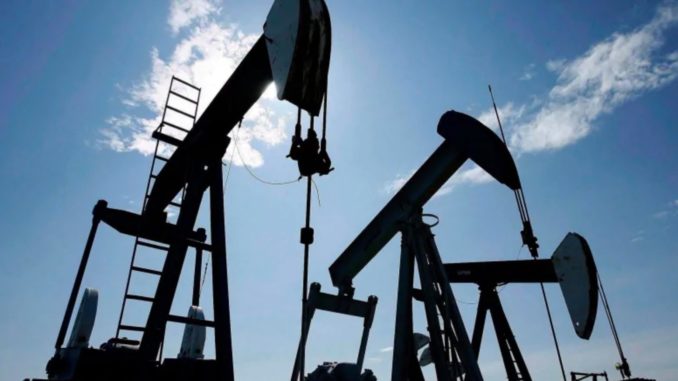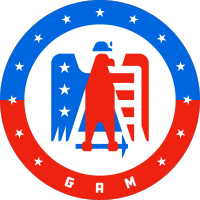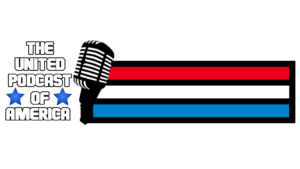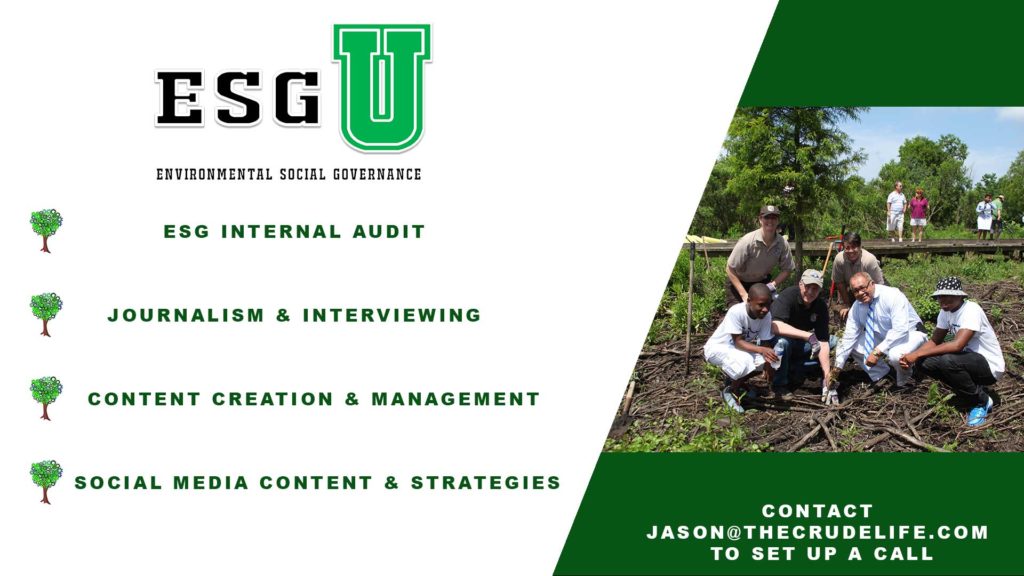
The Strategic Petroleum Reserve is the world’s largest supply of emergency crude oil. The reserve is maintained by the Department of Energy and is located along the coastline of the Gulf of Mexico in Louisiana and Texas in underground salt caverns. The Strategic Petroleum Reserve was started in 1975 after oil supplies were interrupted during the 1973–1974 oil embargo to mitigate future supply disruptions, providing a cushion against unexpected price spikes. It has a capacity of 727 million barrels, but as of September 6, 2019, the oil reserves totaled 644.8 million barrels. The maximum withdrawal capability is 4.4 million barrels per day, taking about 150 days to use the entire inventory.
Withdrawals of crude oil from the reserve are made by the President under the authorities of the Energy Policy and Conservation Act, signed by President Ford on December 22, 1975. On July 21, 1977, approximately 412,000 barrels of Saudi Arabian light crude were delivered to the reserve. The oil is distributed by competitive sale in the United States. Other nations have their own reserves, including China, Japan, South Korea, Spain, and other OECD countries. Sometimes nations will release oil according to their own needs, and at other times they have done it in concert with other nations.
Emergency Withdrawals
Emergency releases of the reserve have occurred three times. In 1991, at the beginning of Operation Desert Storm, the United States, assuring the adequacy of global oil supplies with its allies, announced the emergency sale on the day the war broke out in the Persian Gulf.
The second release occurred in September 2005, after Hurricane Katrina crushed the oil production, distribution, and refining industries in the Gulf regions of Louisiana and Mississippi. Hurricane Katrina’s destruction was so great that refiners requested emergency release, actually receiving approval within 24 hours of the hurricane’s landfall, and before the determination was made by President George W. Bush.
In June 2011, the United States and its partners in the International Energy Agency announced the release of 60 million barrels in response to crude oil supply disruptions in Libya and other countries. The U.S. obligation was half—30 million barrels—and 30.6 million barrels were delivered by August 2011.
President Trump’s Announcement
The recent drone attacks on Saudi Arabian oil facilities that disrupted the daily production of 5.7 million barrels of oil, or about 5 percent of the world’s daily oil supply, resulted in President Trump authorizing the release of oil from the U.S. Strategic Petroleum Reserve to keep the markets well supplied. He also informed all appropriate agencies to expedite approvals of the oil pipelines currently in the permitting process in Texas and various other States.
The last time there was a release of the reserve in 2011 by President Obama, the announcement led to an immediate drop in the price of crude for a short period of time. Oil prices returned to the pre-release levels within 1 week. Clearly, the Obama Administration recognized that more oil leads to lower prices, but a small increase in oil supply only results in a small turndown in price for a short period of time. A larger supply that can last longer has a greater impact on price, which is the reason for the relatively low oil prices the world has been experiencing in recent months. The United States is producing oil at record levels and is now the world’s largest producer and exporter of petroleum. The U.S. contribution to world oil supplies has held prices down, despite cut backs in oil production by OPEC and Russia.
President Trump, recognizing this, is calling for more infrastructure to get U.S. oil to world markets. Expediting energy infrastructure is a better long term solution than taking withdrawals from the Strategic Petroleum Reserve, as bottlenecks currently impede the flow of available energy resources throughout the United States and North America. Examples are the Keystone XL pipeline from Canada to the Gulf Coast and the Transmountain pipeline in Canada, as well as both oil pipeline infrastructure and natural gas pipelines throughout the United States. For true energy security and logistics efficiency, infrastructure must be constructed. Recognizing this, opponents of the use of oil and gas have targeted pipelines throughout the United States and are litigating and demonstrating against them.
Despite the President’s efforts to increase oil supplies, the Democrats in the House have passed three bills to limit oil leasing in the eastern part of the Gulf of Mexico, the Atlantic and Pacific Coasts, and in the Arctic National Wildlife Refuge. Limiting oil leasing in these areas would have a greater impact on oil prices if the bills were also passed by the Senate and signed into law. They are not expected to pass the Senate and certainly would not be signed into law by President Trump.
Conclusion
The Strategic Petroleum Reserve is an emergency oil storage facility to be used to mitigate oil supply disruptions. It has been used three times in its history and may be used to deal with price spikes occurring from the recent attack on Saudi oil facilities. However, to keep oil prices down, the best remedy for the United States is to have a vibrant oil industry that ranks number one in production and can supply world markets. Building out adequate energy infrastructure is also instrumental in achieving and maintaining this goal.
The Institute for Energy Research (IER) is a not-for-profit organization that conducts intensive research and analysis on the functions, operations, and government regulation of global energy markets. IER maintains that freely-functioning energy markets provide the most efficient and effective solutions to today’s global energy and environmental challenges and, as such, are critical to the well-being of individuals and society.
Founded in 1989 from a predecessor organization, IER is a tax-exempt public charity under Section 501(c)(3) of the Internal Revenue Code and is funded entirely by tax deductible contributions from individuals, foundations and corporations. No financial support is sought for or accepted from government sources
If anyone would like to schedule an interview, meeting or news tip email studio@thecrudelife.com
Industrial Integrity and Energy Ethics are the new entry level expectations in oil and gas, and The Crude Life continues to create original Local, Boots-On-The-Ground Journalism while showcasing other environmentally conscious companies.
Communication is vital in today’s energy extraction and empowerment.
About The Crude Life
The Crude Life produces original content that focuses on industry, the people, energy innovations, community building and it’s proactive culture. Our custom content is non-polarizing, trusted and often news making.
The Crude Life promotes a culture of inclusion and respect through interviews, content creation, live events and partnerships that educate, enrich, and empower people to create a positive social environment for all, regardless of age, race, religion, sexual orientation, or physical or intellectual ability.
Part of our mission is to enable people, companies and communities to affect change, demonstrate their transformative actions and drive energy awareness through storytelling and access to resources.
Sponsors, Music and Other Show Notes

Studio Sponsor: The Industrial Forest
The Industrial Forest is a network of environmentally minded and socially conscious businesses that are using industrial innovations to build a network of sustainable forests across the United States.
Weekly Sponsor: KBL Complete Services
Strikingly dynamic, incomparably strong and absolutely reliable, KBL Complete Services excels at all of your pipeline needs. From AGM Surveys, ILI tool tracking, Digsite Locating, and Equipment Decontamination, to Project Management, KBL Complete Services are ready to make your project a success.

Weekly Sponsor: Great American Mining Co
Great American Mining monetizes wasted, stranded and undervalued gas throughout the oil and gas industry by using it as a power generation source for bitcoin mining. We bring the market and our expertise to the molecule. Our solutions make producers more efficient and profitable while helping to reduce flaring and venting throughout the oil and gas value chain.

Join Podcasters from across the world and all walks of life as they unite to bring civil solutions to life and liberty.

Studio Email and Inbox Sponsor: To Be Announced

Featured Music: Alma Cook
For guest, band or show topic requests, email studio@thecrudelife.com
Spread the word. Support the industry. Share the energy.



